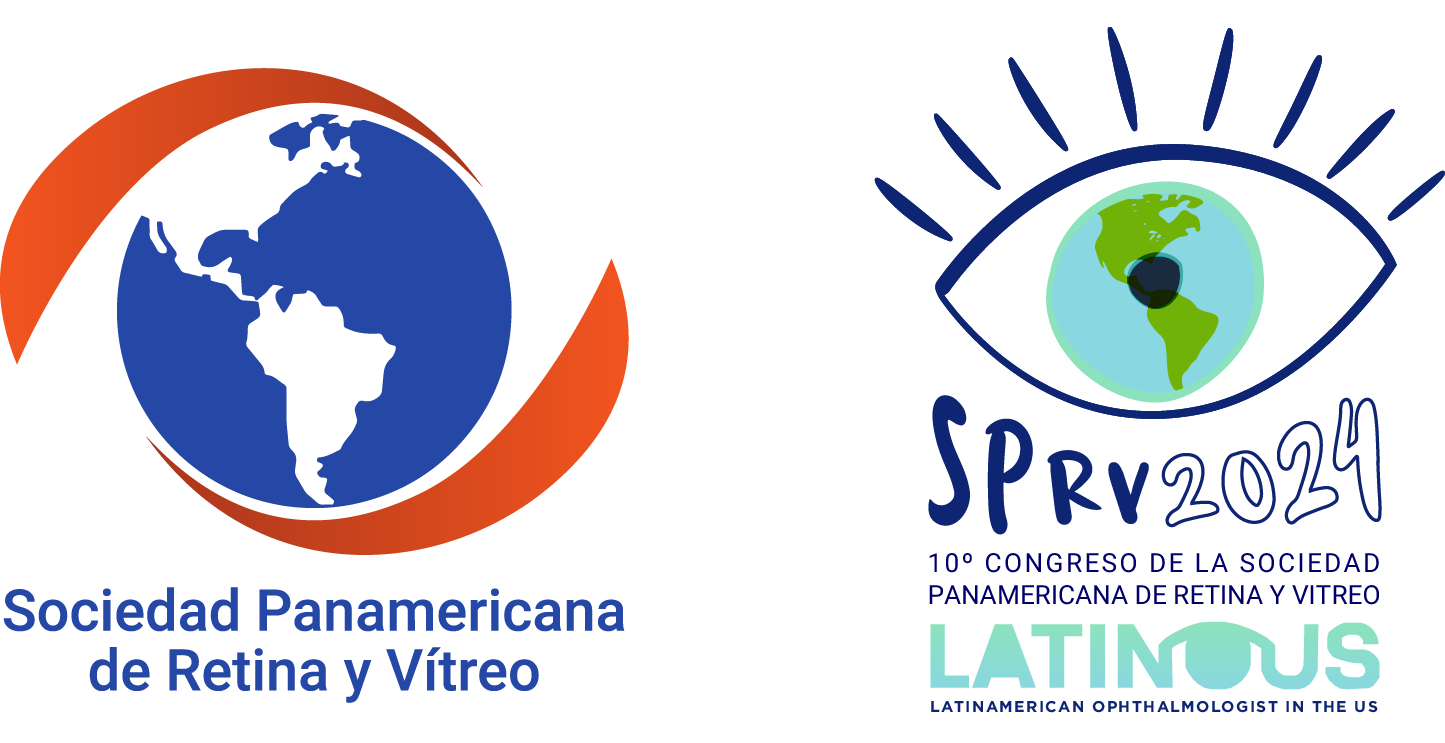CASE REPORT
To Suture or Not to Suture the Akreos? Decision-Making During 4-point Scleral Fixation IOL Surgery
PRESENTING AUTHOR
Mariam Cernichiaro-Espinosa
-
Purpose:
To demonstrate retina surgery involves constant decision-making and surgical video of Akreos scleral suture, where a large tear complicated the procedure.
-
Case Report:
58-year-old male with lens subluxation secondary to blunt trauma 10 years ago in the right eye (OD) was examined revealing OD visual acuity (VA) was 20/100, vitreous in anterior chamber, lens subluxation towards temporal-inferior region, LOCS NO3NC3, retina attached. We performed a 25G vitrectomy with lensectomy and scleral suture of Akreos with Goretex. During surgery, lens was dislocated into the vitreous cavity, and during lensectomy, a large retinotomy with subretinal fluid of approximately 4 disc diameters with a large retinal flap nasal to optic disc was made, which was surrounded by laser. Despite this complication, we decided to suture the Akreos and place a 100% SF6 gas bubble. Face-down position for 1 week was indicated. After 5 months, lens remained centered without opacification, VA improved to 20/25, with temporal escotoma and retina remained attached.
-
Discussion:
Retina surgery can be challenging due decision-making required when complications arise. As it has been suggested that hydrophobic intraocular lenses may become opacified with the use of gases, we hesitate gas tamponade. There’s not enough evidence that opacification is caused by gas, as it has also been observed in patients where gas wasn´t used and could be because of inflammation.
-
Conclusions:
Our case exemplifies the importance of decision-making during retina surgery and demonstrates that gas can be used when necessary in cases where a hydrophobic lens will be sutured, with a very low risk of opacification.
The authors have no financial interests in any material discussed in this article. There are no conflicts of interest to disclose.











